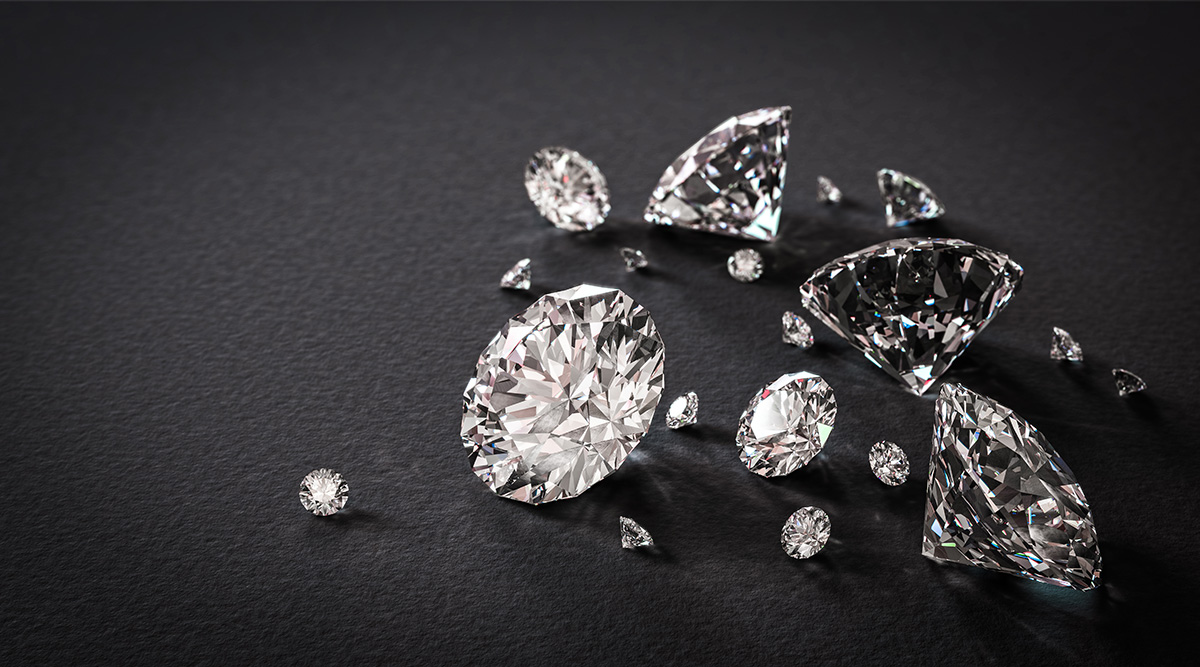In the realm of diamond procurement, two terms often evoke strong emotions: blood diamonds and lab-created diamonds. The distinction between these two is not merely a matter of origin but speaks to a broader conversation about ethics, sustainability, and the future of the jewelry industry. As we delve deeper into these two categories, it is imperative to understand their differences, the impact they have on the world, and why one might choose one over the other.
Understanding Blood Diamonds: A Historical Perspective
The term blood diamonds, also known as conflict diamonds, refers to diamonds mined in war zones and sold to finance armed conflict against governments. The history of blood diamonds is marred by violence, exploitation, and human suffering. These diamonds are often mined under conditions that violate human rights, with workers subjected to forced labor, and in many cases, child labor.
The Angolan Civil War and the Sierra Leone Civil War are prime examples where blood diamonds played a significant role. Rebel groups used the proceeds from diamond sales to fund their insurgencies, leading to prolonged conflicts that resulted in countless deaths and widespread devastation. The blood diamond trade became so rampant that it prompted international efforts to curb it, most notably through the establishment of the Kimberley Process Certification Scheme in 2003. This scheme aimed to ensure that diamonds being sold internationally were not blood diamonds, but its effectiveness has been widely debated.
The Ethical Dilemma: Blood Diamonds’ Impact on Communities
While the Kimberley Process was a step in the right direction, it has not eradicated the problem. Blood diamonds continue to enter the market, often through illicit channels that bypass regulations. The ethical implications of purchasing a blood diamond are profound. When one buys a blood diamond, they may be indirectly supporting violence, human rights abuses, and the degradation of communities in conflict regions.
The environmental impact of mining blood diamonds is equally concerning. Traditional diamond mining can lead to deforestation, soil erosion, and water pollution, causing long-term damage to local ecosystems. Moreover, the lack of proper regulations in conflict zones means that environmental degradation is often left unchecked, further exacerbating the plight of communities living near these mines.
Lab-Created Diamonds: A Sustainable Alternative
In stark contrast to blood diamonds, lab-created diamonds offer a solution that is both ethical and environmentally sustainable. These diamonds are grown in controlled environments using advanced technological processes that replicate the conditions under which natural diamonds form in the Earth’s mantle. The result is a diamond that is chemically, physically, and optically identical to a natural diamond, without the associated ethical and environmental concerns.
The two primary methods of creating lab diamonds are High Pressure High Temperature (HPHT) and Chemical Vapor Deposition (CVD). Both methods have evolved to produce high-quality diamonds that are virtually indistinguishable from their natural counterparts. The rise of lab-created diamonds has also been fueled by their lower cost, making them an attractive option for consumers who want the look and feel of a diamond without the hefty price tag or ethical baggage.
Economic and Environmental Benefits of Lab-Created Diamonds
From an economic perspective, lab-created diamonds are not only more affordable but also more predictable in terms of supply and pricing. Traditional diamond mining is subject to the whims of geopolitical events, environmental conditions, and market demand, all of which can cause significant fluctuations in diamond prices. In contrast, the production of lab-created diamonds is stable, leading to more consistent pricing.
Environmentally, lab-created diamonds have a significantly lower carbon footprint compared to mined diamonds. The energy required to produce a lab diamond is much less than that needed to extract a diamond from the earth, and there is no need for the extensive land use or water consumption associated with mining. Additionally, lab-created diamonds do not contribute to the displacement of communities or the destruction of habitats, making them a more sustainable choice.
Consumer Perception and Market Trends
Consumer attitudes towards diamonds are shifting, with more people becoming aware of the ethical and environmental issues surrounding blood diamonds. As a result, there is a growing demand for lab-created diamonds, particularly among younger generations who prioritize sustainability and ethical consumption. The jewelry industry has responded to this demand by offering a wider range of lab-created diamond options, from engagement rings to fashion jewelry.
Furthermore, advancements in technology have allowed for the creation of colored lab diamonds, expanding the variety and appeal of these gems. Whether it’s a classic clear diamond or a unique colored stone, consumers now have more choices than ever before, without compromising on their ethical values.
The Future of the Diamond Industry
The rise of lab-created diamonds represents a significant shift in the diamond industry, one that could potentially redefine the market. As more consumers opt for lab created diamonds, the demand for blood diamonds may continue to decline, forcing the industry to adapt. This could lead to increased transparency and better practices in natural diamond mining, or it could hasten the move towards a predominantly lab-created diamond market.
The future of diamonds is not just about the stones themselves but about what they represent. Lab-created diamonds symbolize a move towards a more ethical and sustainable world, where luxury does not come at the expense of human rights or the environment. As such, they are not just an alternative to blood diamonds but a better choice for the future.
Conclusion: Making an Informed Choice
When it comes to choosing between blood diamonds and lab-created diamonds, the decision ultimately comes down to personal values. While blood diamonds carry a legacy of conflict and ethical concerns, lab-created diamonds offer a guilt-free alternative that is just as beautiful and enduring. For those who wish to make a positive impact with their purchases, lab-created diamonds are the clear choice.




